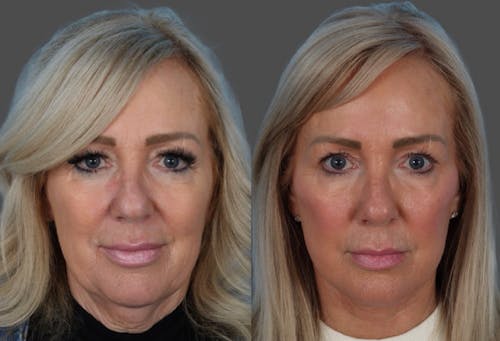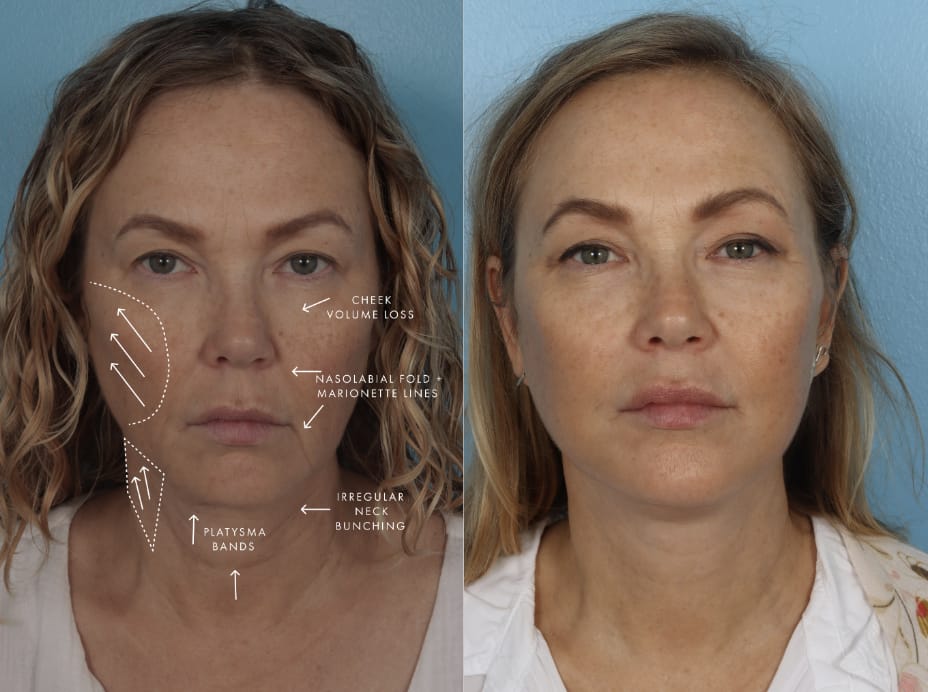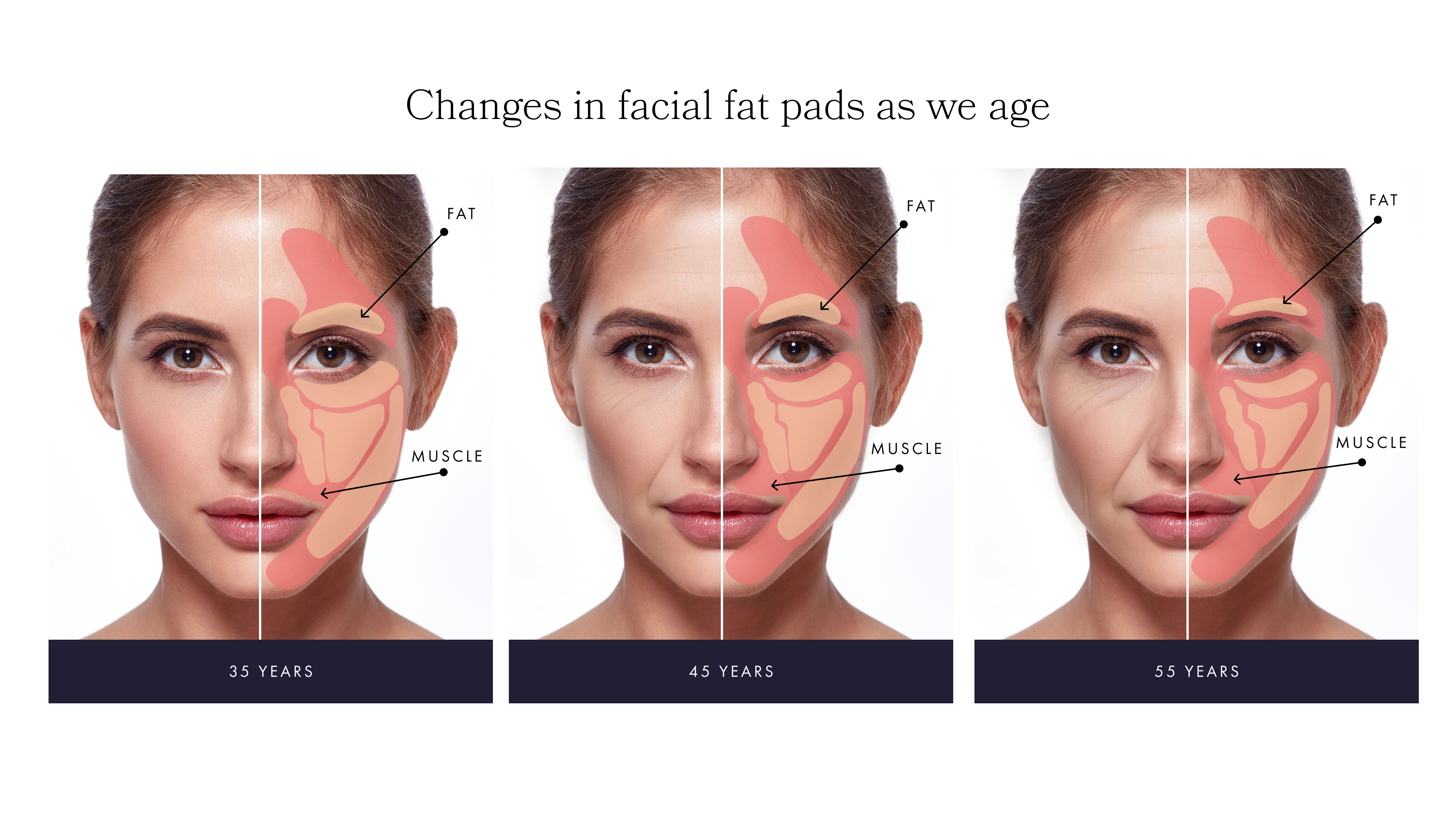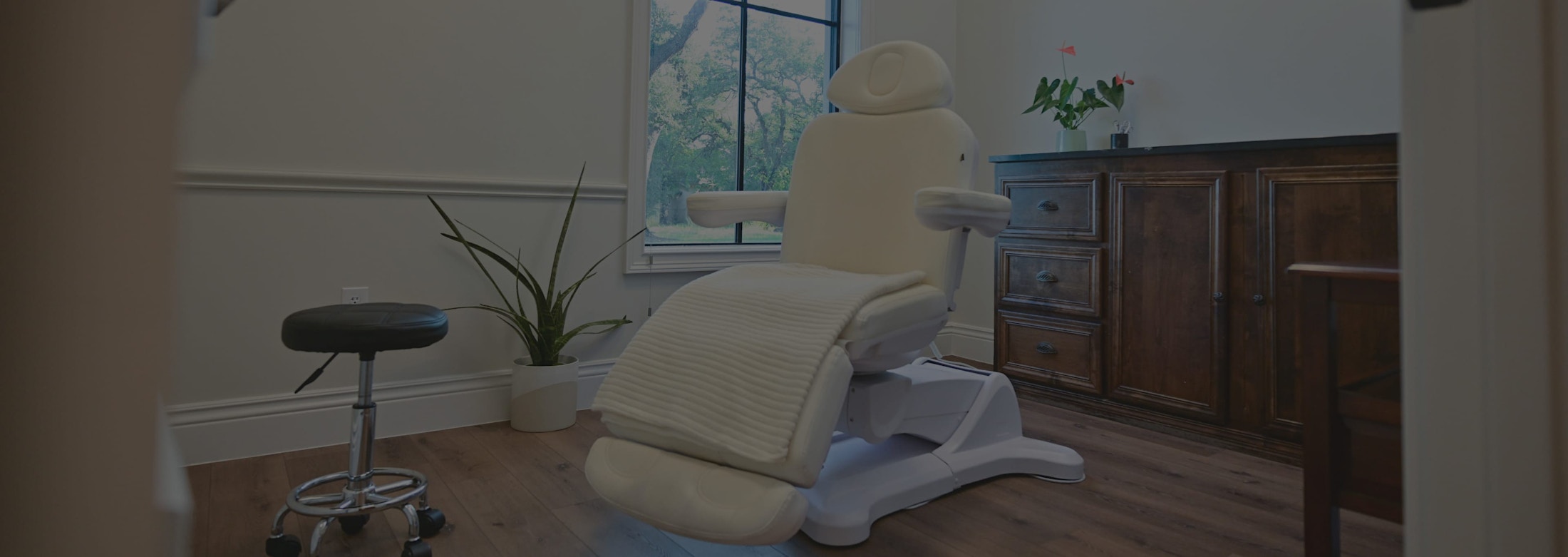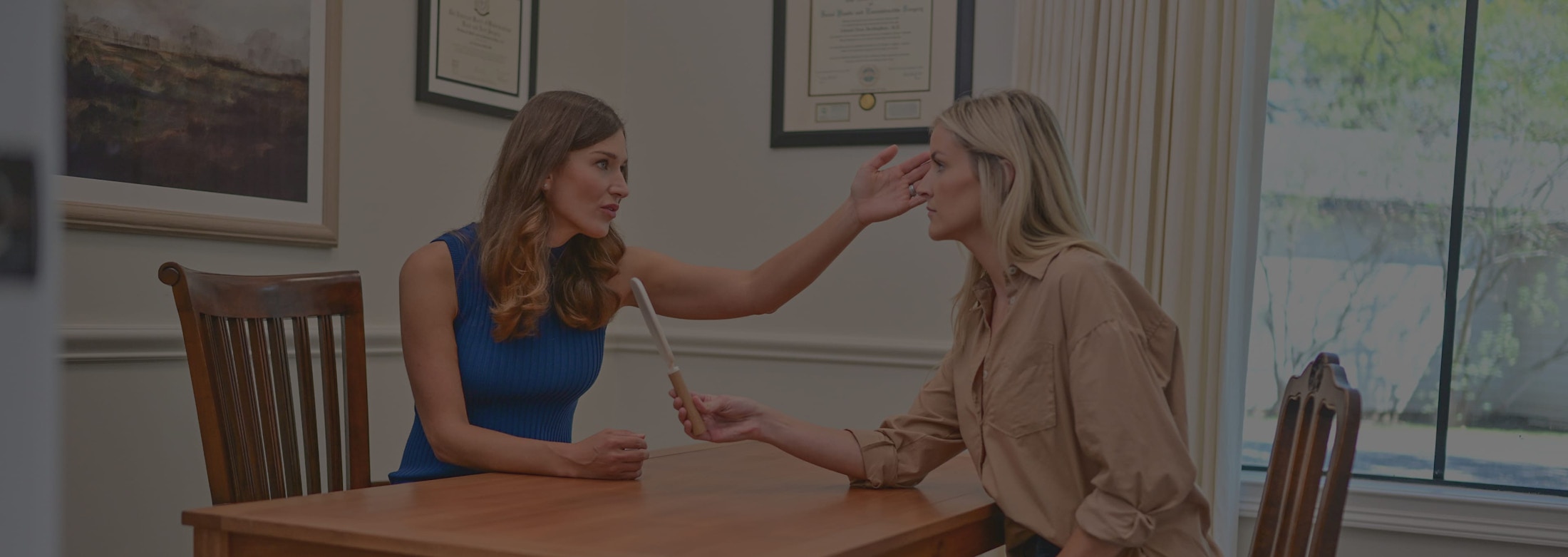Facelift Candidates
You might be a candidate for rhytidectomy (facelift) in Austin with our team if you have signs of aging, such as loose skin near the jawline, nasolabial folds, excess skin around the chin and neck, fatty deposits in the face, and deep creases. While there is no specific age for the surgery, candidates are usually at least in their 40s. There is no upper age limit for the surgery. If a person is in good overall health, they might be a good candidate for a rhytidectomy up into their 80s.
Ideally, candidates for facial rejuvenation surgery will be in good health, without any untreated, ongoing medical conditions. It is also essential that candidates have realistic expectations and goals for surgery. Candidates should be non-smokers or must be willing to quit smoking several weeks before their surgery for safety reasons.








